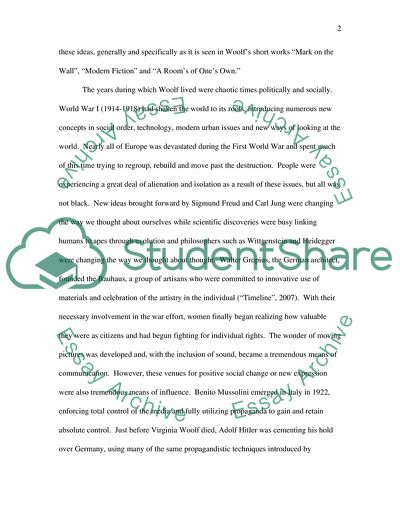Cite this document
(Virginia Woolfs Modernist Writing Essay Example | Topics and Well Written Essays - 2000 words, n.d.)
Virginia Woolfs Modernist Writing Essay Example | Topics and Well Written Essays - 2000 words. https://studentshare.org/literature/1708659-virginia-woolf
Virginia Woolfs Modernist Writing Essay Example | Topics and Well Written Essays - 2000 words. https://studentshare.org/literature/1708659-virginia-woolf
(Virginia Woolfs Modernist Writing Essay Example | Topics and Well Written Essays - 2000 Words)
Virginia Woolfs Modernist Writing Essay Example | Topics and Well Written Essays - 2000 Words. https://studentshare.org/literature/1708659-virginia-woolf.
Virginia Woolfs Modernist Writing Essay Example | Topics and Well Written Essays - 2000 Words. https://studentshare.org/literature/1708659-virginia-woolf.
“Virginia Woolfs Modernist Writing Essay Example | Topics and Well Written Essays - 2000 Words”. https://studentshare.org/literature/1708659-virginia-woolf.


